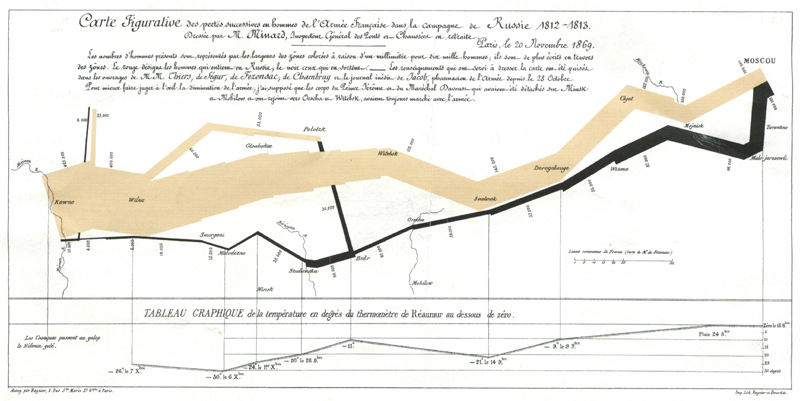No more PPT for CENTCOM
Posted on“We have met the enemy and he is a bloated Microsoft Office Suite product!” ~ paraphrase of Gen. McChrystal
Some choice quotes from this NYT article all about how “Like an insurgency, PowerPoint has crept into the daily lives of military commanders and reached the level of near obsession” are as follows:
- “PowerPoint makes us stupid,” Gen. James N. Mattis of the Marine Corps, the Joint Forces commander.
- “It’s dangerous because it can create the illusion of understanding and the illusion of control,” General McMaster
- “I would be free tonight, but unfortunately, I work kind of late (sadly enough, making PPT slides).” – Lieutenant Nuxol
- “Some problems in the world are not bullet-izable,” General McMaster
You have got to love the pun in the last one in the list. The image below is a PowerPoint diagram meant to portray the complexity of American strategy in Afghanistan which certainly succeeded in that aim.

The article makes me think of my Tufte related post from back in Jan, 2005 about how PowerPoint was incredibly bad for information dissemination and five years later, the game is still the same. Now though, lives are on the line so, let’s say it all together now: PowerPoint is bad, mmmkay?
